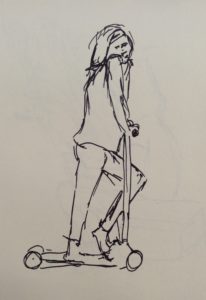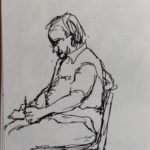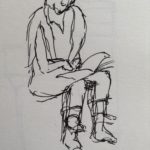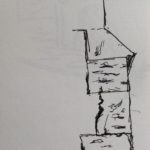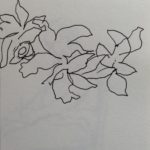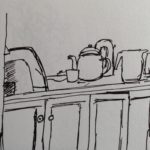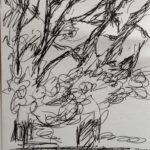26th July : Towner Gallery in Eastbourne.
Edward Stott: A Master of Colour and Atmosphere:
I was interested in Edward
Stott because of his rendering of light and dark. I particularly like this painting (right) and was also drawn to the subtlety of some of his night time paintings, generating atmospheres of both mystery and homeliness at the same time (Left)

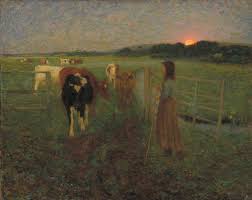
At Altitude : This was a small but fascinating look at aerial imagery. The Towner website describes it thus: “Ranging from the exhilarating viewpoints of early aviation to the all-enveloping but flattening vantage point of Google Earth, the exhibition charts these changing perspectives, illustrating how the wonder of the overhead view was transformed through advances in technology as altitudes became higher and horizons more distant.”
There were images from Google Earth to Peter Lanyon’s “Soaring Flight”:
There is a great deal more information and some explanatory YouTube videos on the Towner Gallery website: http://www.townereastbourne.org.uk/
8th August: Royal Academy.

Tacita Dean: Landscape.

I had been wanting to see more of Tacita Dean’s work since watching her film “JG” two years ago. To my mind she is an unusual and interesting artist partly because of her versatility and partly because of the deeply intellectual approach she brings to some of her work whereas other work is quite simple in its concept (such as her collection of four-leafed clover.) I was not disappointed – her large works (“The Montafon Letter” and “Majesty”) are quite ethereal and the whole exhibition seemed to cry “deep thought”. However the film “Antigone” appeared disjointed, but the soundtrack was so poor that I didn’t understand much of it anyway.
Summer Exhibition:
This was the usual bunfight of already-famous people frame to frame with hope-to-be-famous people. I went round rather fast taking pictures of what caught my eye the most. Here are some of them:
- I find Hughie O’Donoghue’s paintings very moving – quite ethereal in their rendition and extraordinarily atmospheric. This one is no exception.
- Fiona Rae uses soft pastel colours in her latest batch of canvases – very “girlie” in a way if one is expected to associate such colours with girliness. My question is “do we have to?”
- Rufus is a dog covered in what is described on the label as “costume jewelry” ie tat from charity shops etc. He looked amazing – so incongruous.
- I included this one because I like the simplicity of the drawing and the economical use of colour.
- “Stedman Doubles is a triumph of unseen labour. The books are arranged in circles with their pages hardly visible. Yet each page is screen printed. The title refers to a bell ringing sequence. See https://www.jhmorris.com
- I liked the simple concept of this installation made entirely from newsprint and two pegs.
- I had to include this one – typical Kiefer!
- Tony Bevan showed similar work from his “Tree” series in 2016. My own prediliction for trees is the reason for its inclusion. See http://www.tonybevan.com/
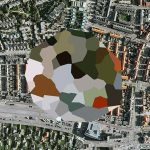
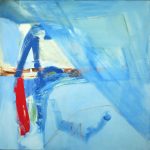
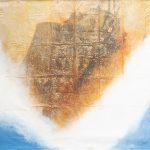

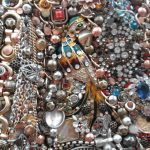
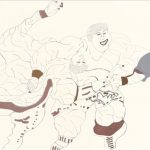
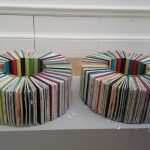
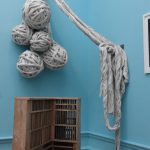

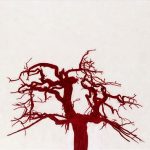

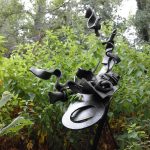
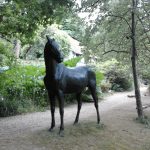
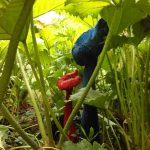


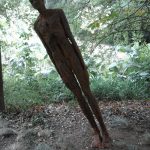
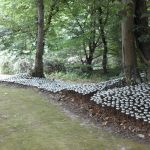
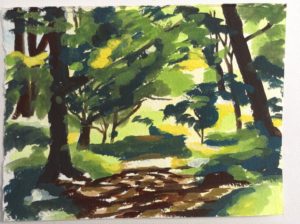
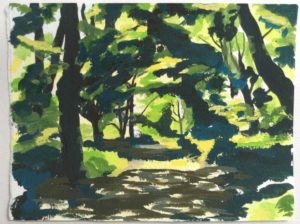
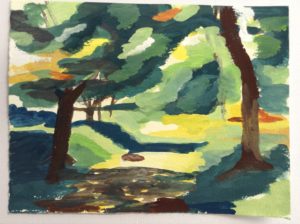
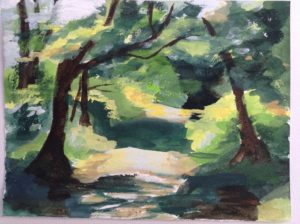

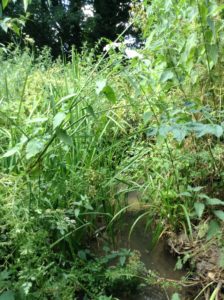
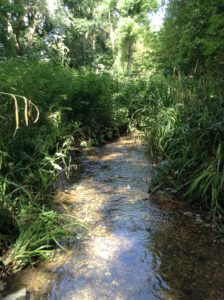
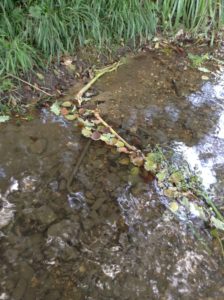
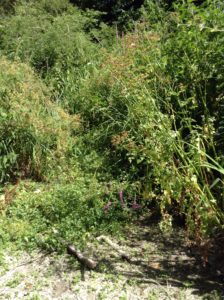
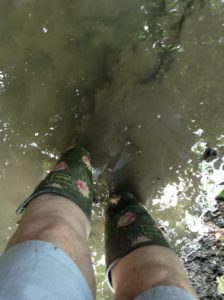
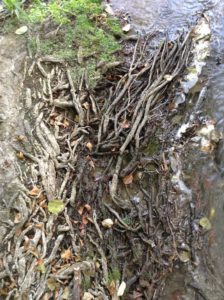
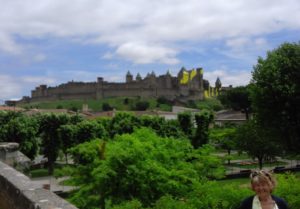
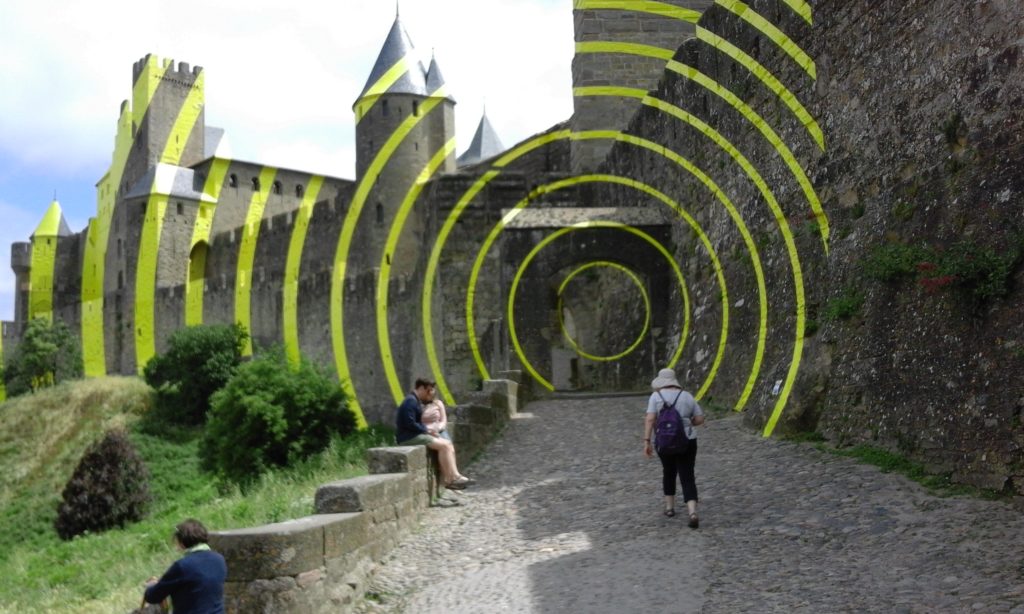
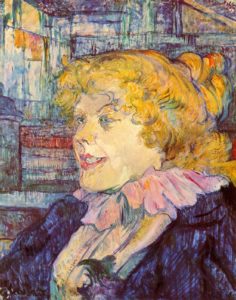
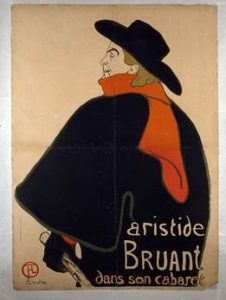 Montmartre. This compelling dramatic work was remarkable for its radical design. Lautrec has reduced his portrait of Bruant almost to abstract forms, with a limited palette of four colours, beginning with a keystone in olive green, then adding black, red and brown. The emphasis is on line and form, creating volume without shading, accentuated by the adoption of flat colours. The image is dominated by Bruant’s signature black cloak and hat, with the incredible slash of the bright red scarf that falls over his shoulder, as he holds the cane that completed his theatrical persona.
Montmartre. This compelling dramatic work was remarkable for its radical design. Lautrec has reduced his portrait of Bruant almost to abstract forms, with a limited palette of four colours, beginning with a keystone in olive green, then adding black, red and brown. The emphasis is on line and form, creating volume without shading, accentuated by the adoption of flat colours. The image is dominated by Bruant’s signature black cloak and hat, with the incredible slash of the bright red scarf that falls over his shoulder, as he holds the cane that completed his theatrical persona.

